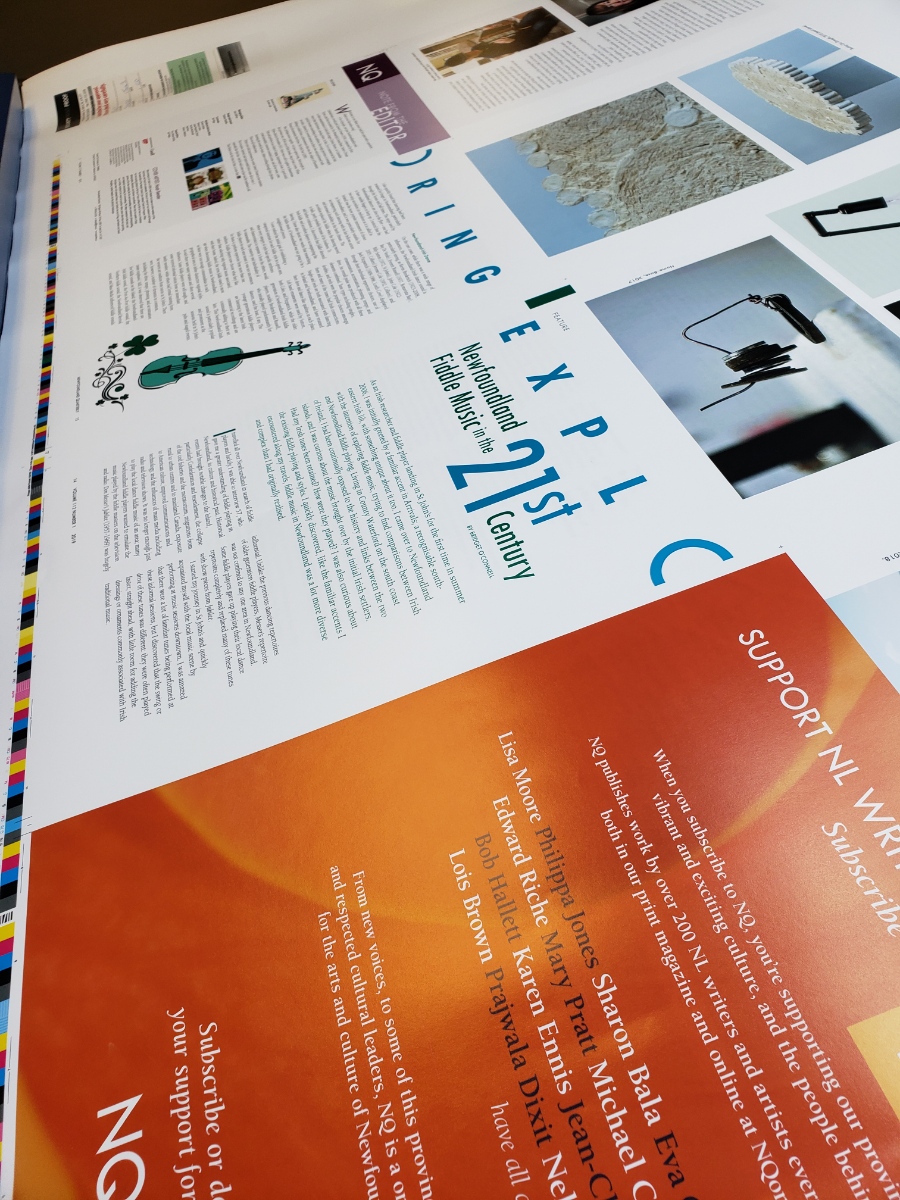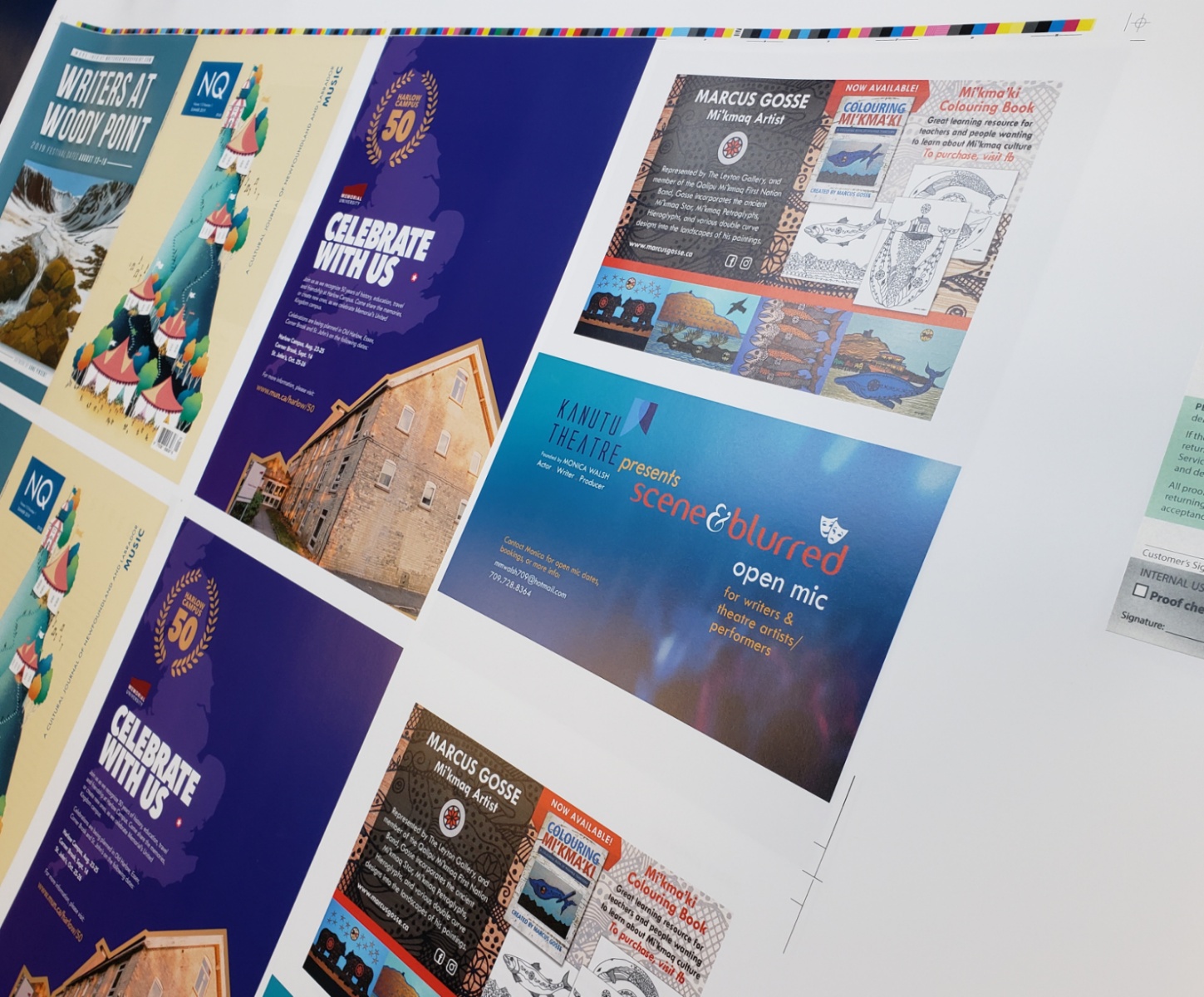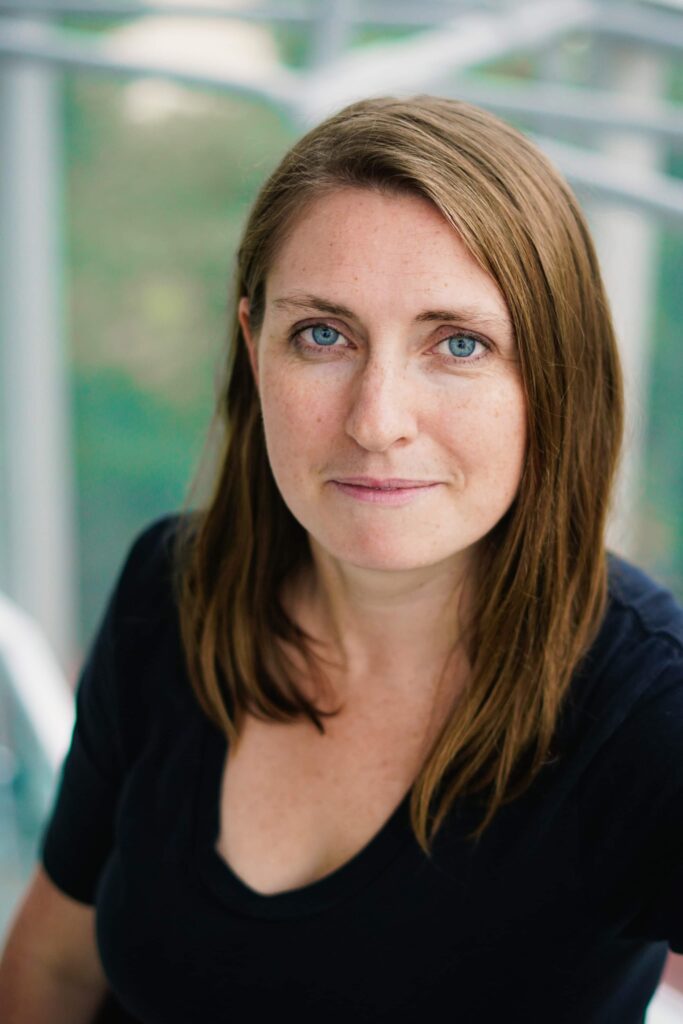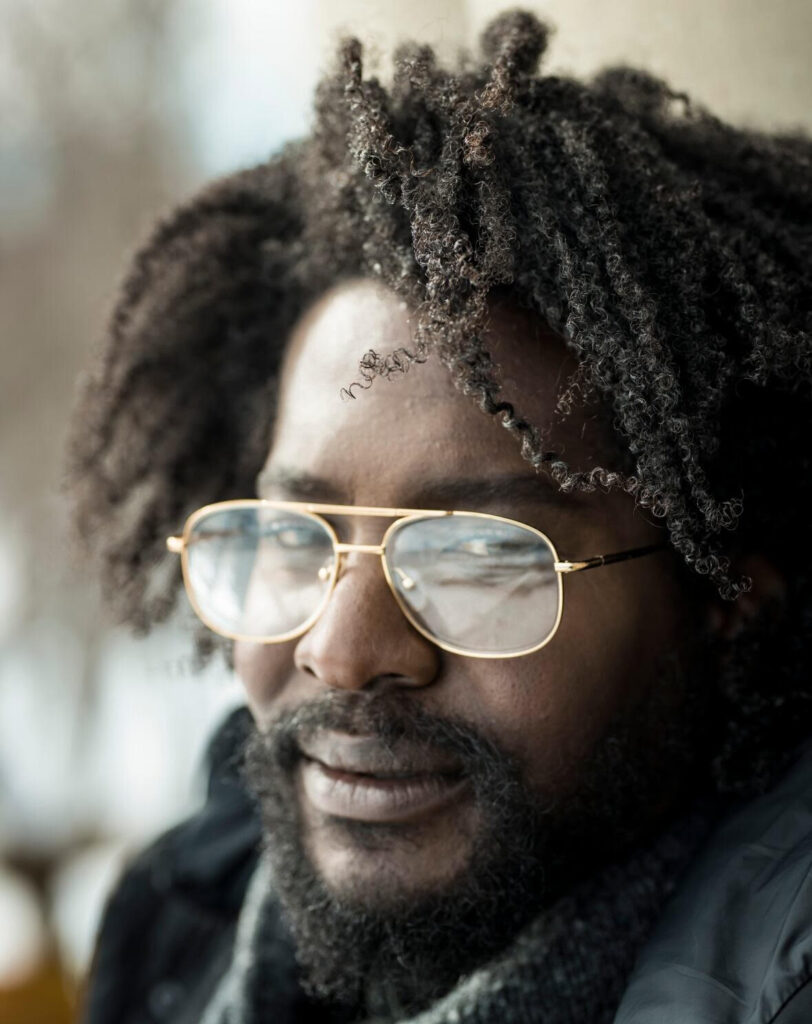A Sneek Peek of the Summer Issue!
BY NQ
June 2019
On visual art
Q&A with Daniel Rumbolt
What subjects attract your eye, and why?
I’m a sucker for clean lines, seamless blends, and a gorgeously muted (typically pastel) colour palette. I’ve been more interested in abstract art as of late, which is a departure from the more landscape-type work I’ve done in the past. Once I let go of the concept that art needed to be representational, palatable, and therefore profitable, I became much more comfortable with my own practice and have been absolutely loving every second of it.
On our theme of Music
Archival Notes

The first documented musical performance in Newfoundland and Labrador dates from 1583, when Sir Humphrey Gilbert’s band of trumpets, drums, fifes, and cornets beguiled the 36 ships and their captains docked in the harbour. Archives and Special Collections includes posters from the remarkable variety of presentation and performance that have followed. Here’s a sampling:
The Rossley Kiddie Company, in gypsy costume with tambourines, c 1913-1915. This American family vaudeville troupe arrived from New York and operated theatres in downtown St John’s and Bell Island offering music, theatre, dance, and silent cinema. They also toured Nova Scotia and New Brunswick and relocated to Saint John in 1917.
The Wonderful Grand Band came together in 1978 and released their first of two albums the next year; among the tracks was a little ditty titled Sonny’s Dream. Their follow-up, Living in a Fog, came in 1981, as their wildly popular and seminally influential TV variety show ran on CBC (1980-1983).
Peace-A-Chord – a brief history of a time
What: A two-day, all ages, free admission, drug- and alcohol-eschewing festival and symposium which debuted in 1985 at Bannerman Park, downtown St John’s. Organized by Youth For Social Justice, primarily Dana Warren, Rhonda Pelley, Jennifer Dicks, Tina Thoden, and Sheilagh O’Leary, it was largely fueled by the anti-Apartheid campaign funneling through Oxfam. Concordant with the drive to free Nelson Mandela from his South African prison, this was a huge, galvanizing, globe-wide issue, and musicians all over the world were advocates – Ain’t Going to Play Sun City was one of the first of the-famous-gather-and-sing-for-a-cause music videos (Artists Against Apartheid, 1985). The Peace-A-Chord, like other events YSJ programmed, scheduled speakers and information booths around the hub of music.
Motto: Peace, Art, Expression.
Some highlights: By its second year the gate was over 2,000; along with local fan favourites like The Thomas Trio and Dead Reckoning line-ups would include hefty mainland acts like The Hopping Penguins, Spirit of the West, and Jane Siberry (“If it was anywhere else in the world we couldn’t afford her. But we are in St John’s, and she loves it here,” Thoden told The Newfoundland Herald. Incidentally this same year Thoden was invited to meet Nelson Mandela at the St John’s airport during a stopover). Artisans fete their wares: Tectonics Hair Studio advertises that “anyone over 18 (or under 18 with parental consent) can pierce the body part of their choice.”
& an Interview – Play us a song, you’re the banjo man
Neil Vandraegen Rosenberg was born March 21 in 1939 in Seattle, Washington. He began studying violin at seven; at 12 his family moved to Berkeley, California; at 15 he took up the guitar and later added the mandolin and banjo. He earned a BA (history) at Oberlin – where Pete Seeger performedevery year – and an MA (folklore) and PhD (folklore and history) from Indiana – where Jerry Garcia was one of the bluegrass fans who crashed on his couch; they hung out and jammed. In 1968 he moved to St John’s to teach at Memorial University’s folklore department; he retired in 2004. An avid collector of documents, his donations to the archives from his private library of contemporary folk music performance, practice, tradition, and revival is an ongoing process (including complete runs and sample copies of 127 periodicals, mainly US titles, but also from England, Germany and Holland, to Australia and Japan). His long history of playing,  performance, and collaboration is a book in itself, which, luckily, he has indeed written (Blue Grass Generation, University of Illinois Press 2018). Likewise his long engagement with and study of the form (Bluegrass: A History, University of Illinois Press, 1985, and reissued in 2005). The Grammy-award-winning, Banjo News-cover-model spoke to NQ a few days after his 80th birthday.
performance, and collaboration is a book in itself, which, luckily, he has indeed written (Blue Grass Generation, University of Illinois Press 2018). Likewise his long engagement with and study of the form (Bluegrass: A History, University of Illinois Press, 1985, and reissued in 2005). The Grammy-award-winning, Banjo News-cover-model spoke to NQ a few days after his 80th birthday.
What do you like about bluegrass music?
It appeals to the same sort of senses that jazz does. It’s music that has equal amounts vocal and instrumental interplay, an interesting complexity. The different instruments come and go, the voices in harmony. I just like its organization. [But] that wasn’t what got me into folk music. I grew up in the 1950s listening to Burl Ives and The Weavers; it was the popular music of the 1940s and 1950s. After studying and teaching it for a lifetime I’m very much aware that my parents and all the people around me had their own musical tastes which could be identified as traditional music. There was the intellectual thing and the popular thing and the actual fabric of experience.
NQ Summer 2019, Vol 112 no 1, hits the stands June 17th. It’s available at such locations as Johnny Ruth, The Rocket, and Broken Books, and nationally through Chapters. Single issues $9, subscriptions $30 available by email nfqsub@mun.ca or by calling 709.864.2426.
While you’re here:
… we hope you enjoy our website! Our online audience is growing every month, and that means that more people like you are seeing and reading incredible new work by Newfoundland and Labrador writers and artists. We want the people of the province to have access to high quality, contemporary writing about the unique and ever-evolving culture of this place, so we’re offering our online content for free. That said, if you’re able to help us keep providing this opportunity to both readers and creators in Newfoundland and Labrador, we encourage you to subscribe to our print magazine. Subscription details are here. If you ‘d like to support us with a donation or legacy gift (tax receipts available,) please contact us at rcohoe@mun.ca



